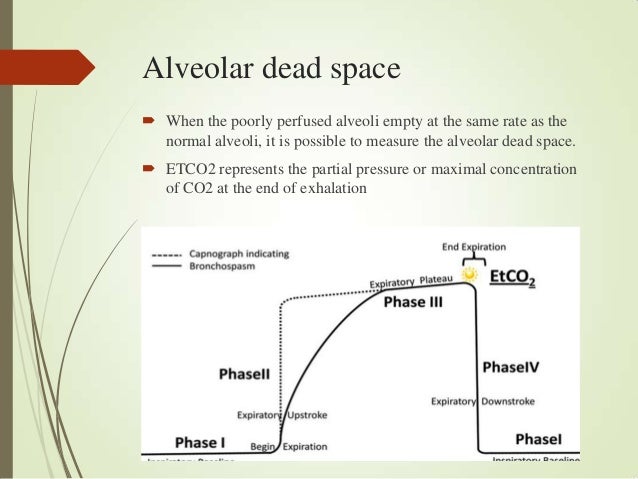


Part of the instrumental dead space may be easily limited by reducing the number of useless connections and by using a heated humidifier instead of a heat and moisture exchanger (HME) for gas humidification. Dead space may be divided into instrumental dead space and physiological dead space (including airway and alveolar dead space). Using a heated humidifier instead of a filter is a very efficient way to reduce this dead space.įigure 1: The figure represents the different portions of the dead space. From the lungs to the patient, the alveolar dead space may be reduced by limiting overdistention the dead space of the airways is difficult to modify and is mildly increased by PEEP and bronchodilation the instrumental dead space is the easiest to modify, may account for almost half of the total dead space and include the humidification filter at the Y-piece, the CO 2 sensor, the connections, catheter mount, flex tube, etc.

Surprisingly, however, in virtually all studies evaluating respiratory mechanics in ARDS or in COVID-19 patients, the instrumental dead space is not provided nor mentioned, even when V D/V T is evaluated! The different parts of the dead space in mechanically ventilated are as follows. Many studies showed its large impact on the work of breathing during assisted ventilation and on alveolar ventilation during controlled ventilation. Often, the instrumental dead space is overlooked during mechanical ventilation. What is the dead space during invasive mechanical ventilation? Consequently with low tidal volumes and high respiratory rates the weight of the dead space (also referred to as VD/VT) is automatically increased. The alveolar ventilation is defined as the respiratory rate times (tidal volume – dead space volume). Based on the recently published paper “Impact of Respiratory Rate and Dead Space in the Current Era of Lung Protective Mechanical Ventilation”, we will discuss here briefly the different part of the dead space and how it can be reduced, as well as the relations with respiratory rate, tidal volume and alveolar ventilation (part 2).


 0 kommentar(er)
0 kommentar(er)
